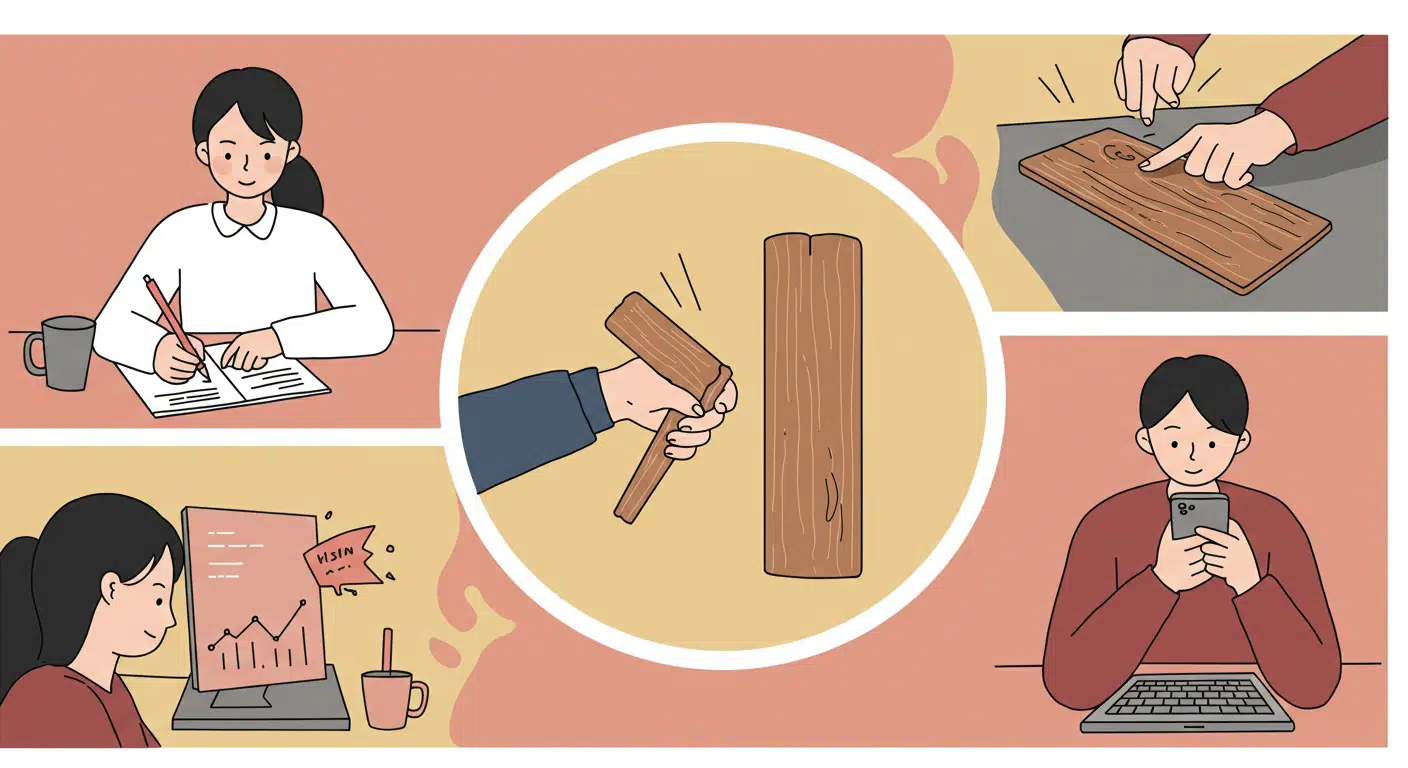This household superstition connects accidental cutlery drops to impending social visits, with each utensil symbolizing a specific type of guest.
• Dropping a knife is interpreted as a sign a woman will soon visit the household.
• Dropping a fork signifies that a man is on his way.
• Dropping a spoon is said to foreshadow a cousin’s arrival.
People who believe in this superstition may mentally note who the utensil refers to and later observe whether a visit occurs. In some communities, further actions—such as placing the dropped utensil upright or on a windowsill—were thought to welcome or deter the visitor. The belief reflects a light-hearted yet meaningful attribution of social symbolism to mundane accidents. It is most often observed in domestic settings, especially kitchens or dining areas.



